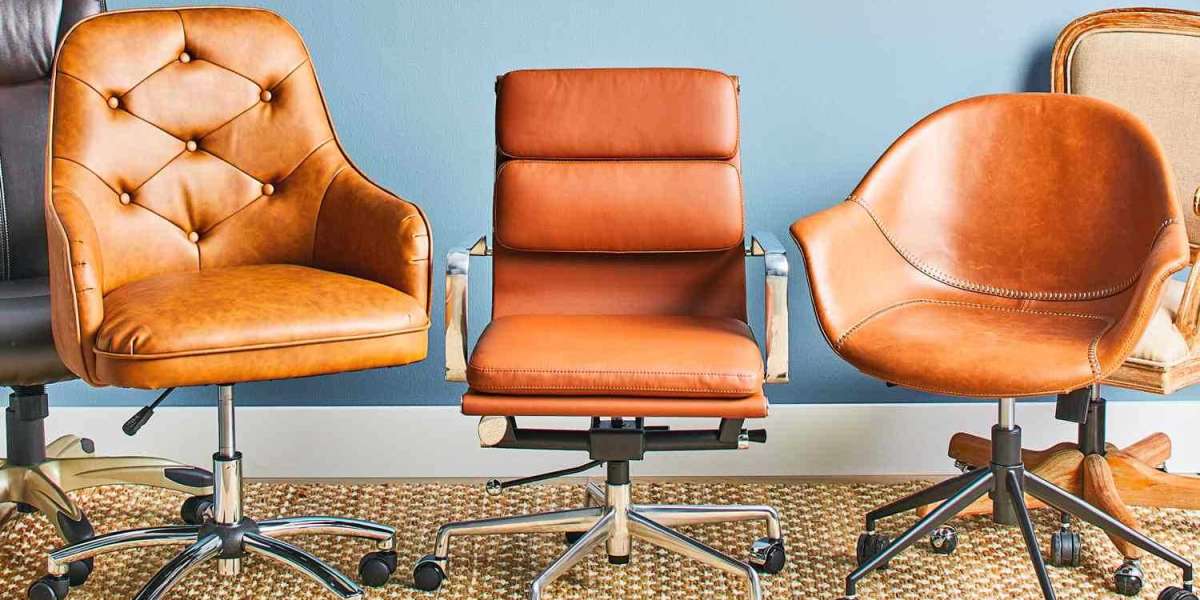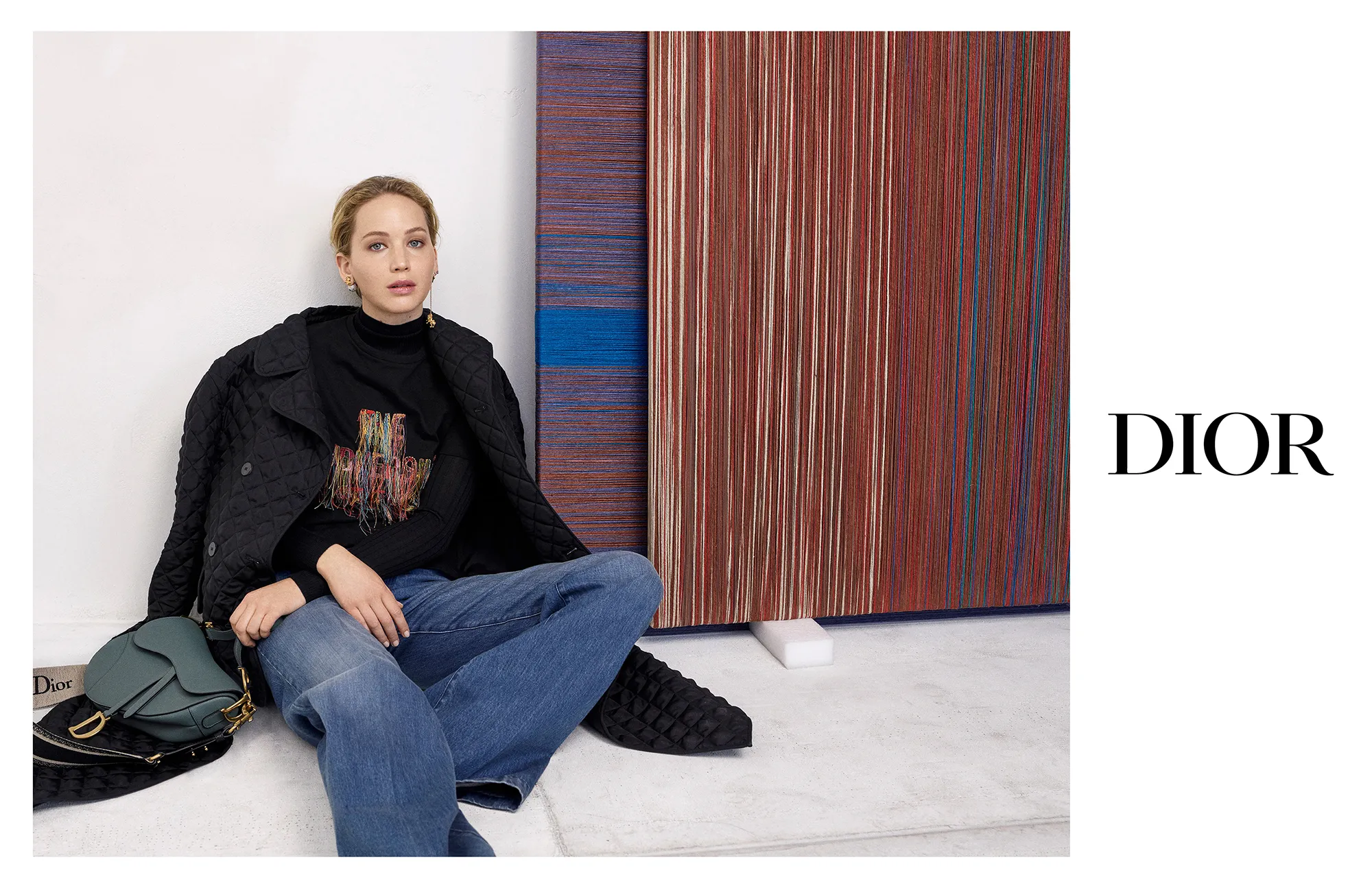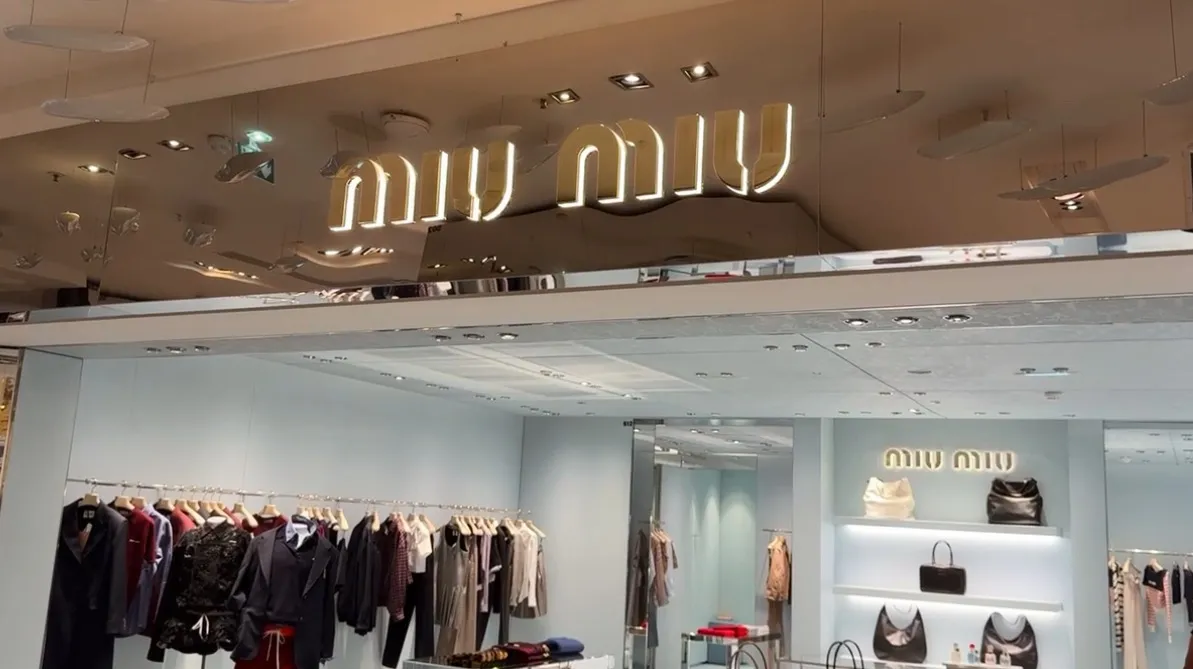The design and layout of office furniture can play a significant role in fostering creativity and collaboration. By creating a dynamic, flexible environment, you encourage team members to share ideas, problem-solve, and innovate together. Here are some office furniture ideas that boost creativity and collaboration:
1. Open-Concept Workstations
- Encourage spontaneous collaboration: Open workstations with minimal barriers between employees make it easier to communicate and share ideas. These setups break down silos, fostering a collaborative atmosphere.
- Flexible desk arrangements: Consider using modular desks that can be easily rearranged for group projects or brainstorming sessions. This allows teams to quickly shift from individual work to collaborative modes without major disruptions.
- Communal tables: Large, shared tables provide a common space where team members can sit together to collaborate. These tables work well in co-working spaces or creative industries where impromptu discussions are common.
2. Collaborative Meeting Spaces
- Casual lounge areas: Sofas, armchairs, and coffee tables create informal meeting spaces where employees can have relaxed, creative conversations. These areas can replace more formal conference rooms for brainstorming sessions, making the environment feel less rigid.
- Standing or high-top meeting tables: These encourage shorter, more energetic meetings. Standing while brainstorming can enhance energy levels and creativity, leading to more dynamic idea generation.
- Breakout spaces with whiteboards: Provide areas with comfortable seating, whiteboards, and corkboards where teams can sketch out ideas. This fosters a creative, interactive environment where visual thinking can flourish.
3. Mobile Furniture for Flexibility
- Movable desks and chairs: Furniture that’s easy to move around allows teams to quickly create impromptu collaborative spaces. Mobile workstations and chairs with wheels encourage flexibility and adaptability, which are key to fostering creativity.
- Modular furniture: Modular sofas, benches, and tables can be reconfigured to suit different needs, from solo focus work to group discussions. The ability to rearrange furniture encourages collaboration while allowing the space to evolve as needed.
4. Creative Zones and Idea Stations
- Designated brainstorming zones: Set up specific areas in the office dedicated to creativity, complete with comfy seating, writable walls, and inspiration boards. Employees can retreat to these spaces to spark new ideas away from their desks.
- Interactive tech stations: Add screens or smartboards where employees can collaborate digitally, drawing or working together on interactive tasks. This can inspire creativity, especially in industries that require design or tech-driven work.
- Creative corners with materials: Offer spaces equipped with creative tools—think craft supplies, sticky notes, and drawing materials. Having tactile materials available can stimulate out-of-the-box thinking.
5. Biophilic Design Elements
- Incorporate nature-inspired furniture: Use organic materials such as wood, stone, and plant-based fabrics to create a calming and inspiring environment. Research shows that natural elements in the workspace boost creativity and reduce stress.
- Greenery and living walls: Plants improve air quality and create a more inviting and energizing space. Use furniture that incorporates planters, or create plant dividers that bring nature indoors while adding a creative twist to the office design.
6. Privacy Pods and Focus Areas
- Semi-private work pods: While open offices are great for collaboration, some tasks require quiet, focused work. Incorporate work pods or soundproof booths where employees can work independently when they need to concentrate. This balance between collaboration and focus time enhances overall productivity.
- Acoustic furniture: Sofas or chairs with high backs that help absorb sound can create more private zones in open spaces. These are great for small meetings or focused work sessions, offering a sense of seclusion without total isolation.
7. Color and Lighting for Creativity
- Bright, energizing colors: Use furniture in vibrant hues like yellows, blues, and greens to stimulate creativity. Colorful chairs, tables, and accessories can make the environment more engaging and inspire new ideas.
- Adjustable lighting: Lighting is key for setting the mood in creative spaces. Allow employees to control light levels with adjustable lamps or dimmers to create the right ambiance for brainstorming or deep work. Natural light also boosts creativity, so arrange furniture to maximize sunlight exposure.
Conclusion
Creating a workspace that boosts creativity and collaboration requires a thoughtful approach to furniture design and layout. By incorporating open-concept workstations, flexible furniture, designated creative zones, and biophilic design elements, you can foster an environment where employees feel inspired and comfortable to share ideas. Mixing spaces for both collaboration and individual focus helps maintain a balance between creativity and productivity, enhancing team dynamics and innovation.








